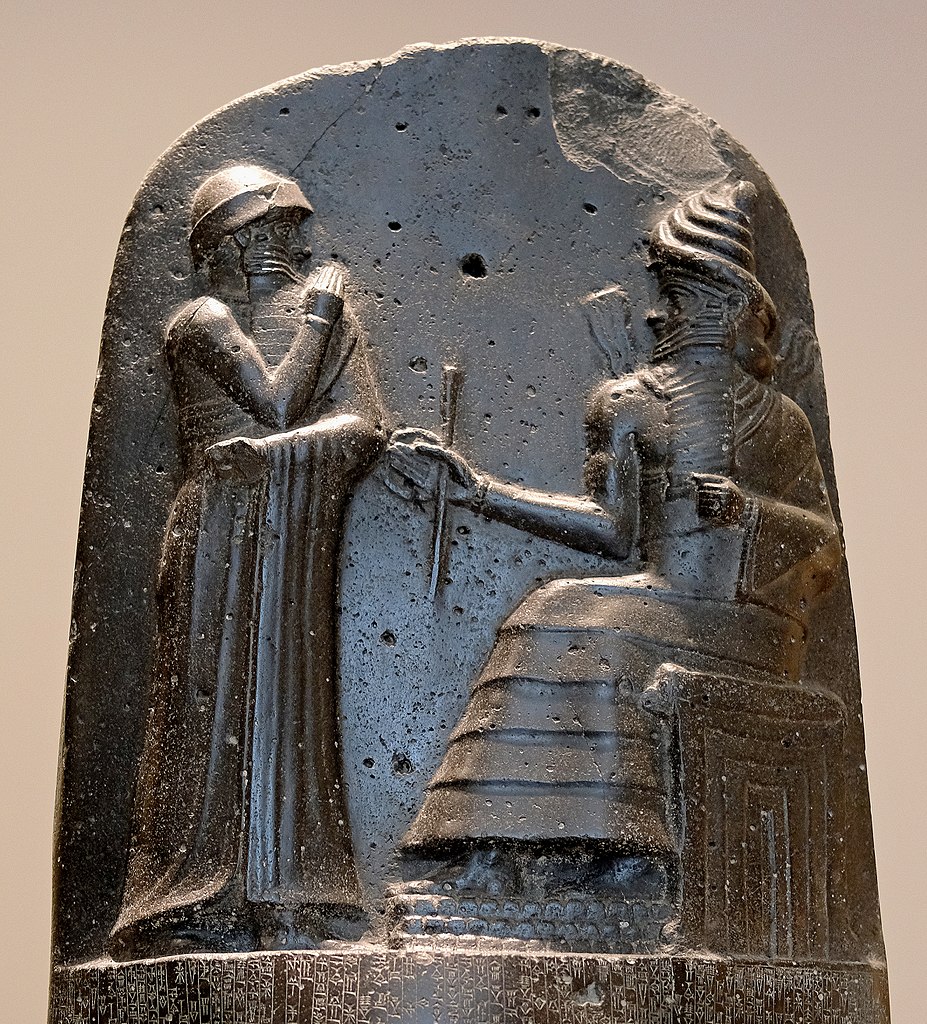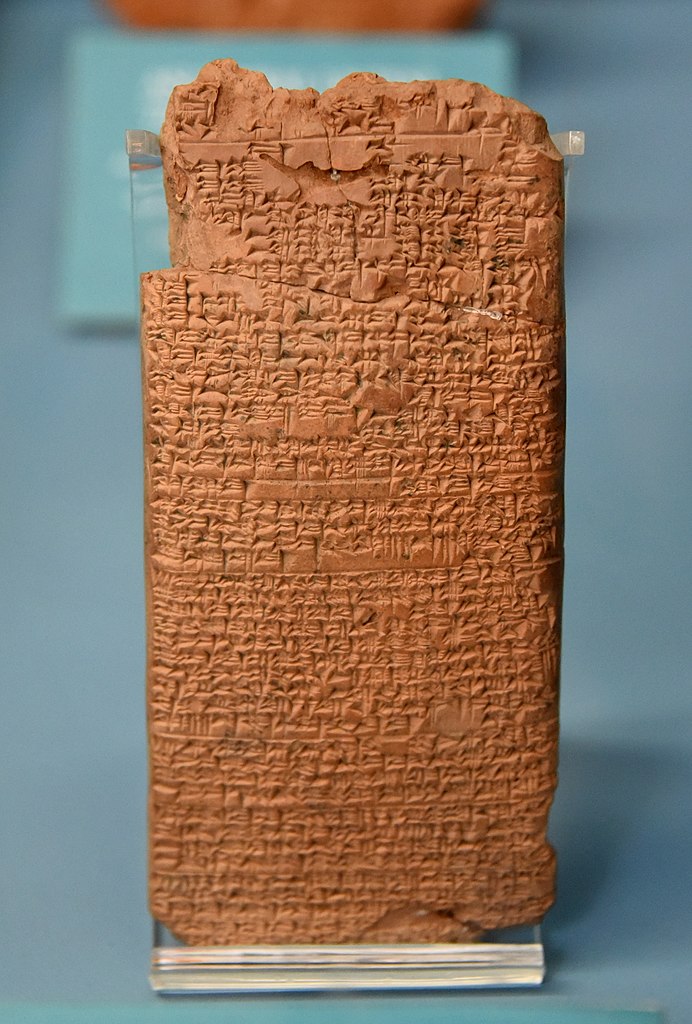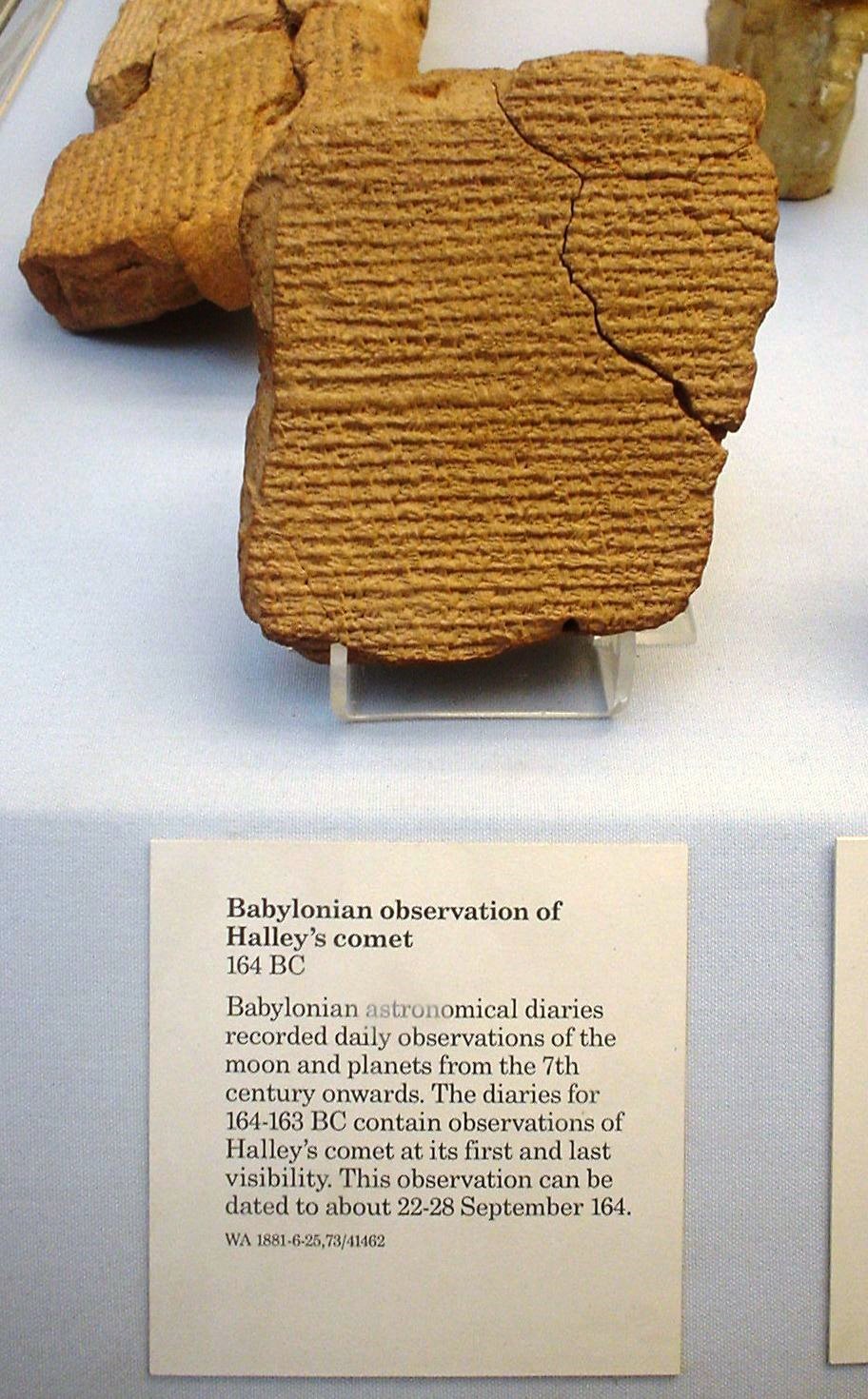Babylon and the rise of Hammurabi: Foundations of Mesopotamian hegemony
The rise of Babylon under the rule of Hammurabi in the early second millennium BCE marks one of the most transformative periods in Mesopotamian history. From its modest origins as a minor city-state in central Mesopotamia, Babylon grew into a dominant political and cultural force under Hammurabi’s leadership (reigned ca. 1792–1750 BCE). Hammurabi not only expanded Babylon’s territorial reach but also laid the foundations for its enduring legacy as a center of power and culture in the ancient Near East. His reign is most famously associated with the creation of the Code of Hammurabi, a comprehensive legal framework that exemplified the principles of justice and governance in the ancient world.

The extent of the Babylonian Empire at the start and end of Hammurabi’s reign, in what today is modern day Iraq and Iran. Source: Wikimedia Commonsꜛ (license: CC BY-SA 4.0)
The historical context of Babylon’s rise
Before Hammurabi’s ascension, Babylon was a relatively minor player in the complex political landscape of Mesopotamia. The region was characterized by a fragmented network of city-states and small kingdoms, including Isin, Larsa, Eshnunna, and Assur. These polities vied for dominance, often engaging in shifting alliances and military conflicts. The collapse of the Ur III dynasty around 2004 BCE had left a power vacuum, and the subsequent centuries saw the emergence of multiple contenders for regional supremacy.
 Map of ancient Egypt and Mesopotamia around 1450 BCE, showing the territories of the core civilizations at that time: Assyria with its two major cities Assur and Nineveh wedged between Babylonia downstream, the states of Mitanni and Hatti are upstream; Egypt with the major cities Thebes and Memphis, and the Hittite Empire in Anatolia. Source: Wikimedia Commonsꜛ (license: public domain)
Map of ancient Egypt and Mesopotamia around 1450 BCE, showing the territories of the core civilizations at that time: Assyria with its two major cities Assur and Nineveh wedged between Babylonia downstream, the states of Mitanni and Hatti are upstream; Egypt with the major cities Thebes and Memphis, and the Hittite Empire in Anatolia. Source: Wikimedia Commonsꜛ (license: public domain)
Babylon’s strategic location along the Euphrates River played a crucial role in its rise. The city sat at the crossroads of major trade routes, facilitating the exchange of goods such as textiles, grain, and precious metals. This economic advantage allowed Babylon to build a strong agricultural and mercantile foundation, which Hammurabi leveraged during his reign.
Hammurabi’s early reign: Consolidating power
Hammurabi inherited a city-state with potential but faced significant challenges from more powerful neighbors, including the kingdoms of Larsa and Eshnunna. In the early years of his reign, Hammurabi focused on consolidating his power within Babylon and strengthening its infrastructure. He invested in large-scale projects, including the construction of canals and fortifications, which not only improved agricultural productivity but also enhanced the city’s defenses.

Hammurabi (standing) receiving his royal insignia from Shamash (god of justice) or possibly Marduk (god of order), detail of the stele of Hammurabi. Source: Wikimedia Commonsꜛ (license: CC BY-SA 3.0)
Diplomacy played a key role in Hammurabi’s strategy. By forming alliances and leveraging political marriages, he secured Babylon’s position in the competitive landscape of Mesopotamia. However, Hammurabi’s ambitions soon turned to military conquest, marking the beginning of a period of aggressive expansion.
Military campaigns and the unification of Mesopotamia
Hammurabi’s military campaigns transformed Babylon from a regional power into the dominant force in Mesopotamia. One of his earliest and most significant victories was against Rim-Sin I of Larsa, whose kingdom controlled vital southern territories. By defeating Rim-Sin around 1763 BCE, Hammurabi gained control over the rich agricultural lands of Sumer and Akkad, ensuring Babylon’s economic dominance.

Babylonian prisoners under the surveillance of an Assyrian guard, reign of Ashurbanipal 668–630 BCE, Nineveh. Source: Wikimedia Commonsꜛ (license: CC BY-SA 1.0)
Hammurabi also waged successful campaigns against Eshnunna, Mari, and Assur, extending Babylon’s influence across the central and northern regions of Mesopotamia. His ability to integrate these conquered territories into a cohesive political structure was a hallmark of his reign. Unlike many of his predecessors, Hammurabi pursued policies aimed at fostering unity and stability, incorporating local leaders and traditions into his administration.
The code of Hammurabi: Law and governance
Hammurabi’s most enduring legacy is the Code of Hammurabi, a comprehensive collection of laws inscribed on a diorite stele, which was publicly displayed to demonstrate the king’s commitment to justice. While not the earliest known legal code in Mesopotamia, it is the most famous due to its scope, organization, and preservation.
Code of Hammurabi on the stele, with a relief of Hammurabi receiving the laws from Shamash (or Marduk; see detail of the relief above). Source: Wikimedia Commonsꜛ (license: CC BY-SA 3.0)
The Code covers a wide range of topics, including property rights, trade regulations, family law, and criminal justice. Its structure reflects the hierarchical nature of Babylonian society, with distinct penalties for offenses based on the social status of the perpetrator and the victim. For example, punishments for crimes against the elite were more severe than those for similar offenses against commoners or slaves.
At the heart of the Code is the principle of lex talionis, or “an eye for an eye”, which emphasizes proportional retribution. However, the Code also demonstrates a concern for protecting vulnerable members of society, such as widows, orphans, and debtors. Hammurabi’s laws reveal a sophisticated understanding of social and economic relationships, as well as a desire to balance authority with fairness.
The prologue and epilogue of the Code highlight Hammurabi’s role as a divinely appointed ruler tasked with maintaining order and justice. These inscriptions emphasize his responsibility to care for his subjects, portraying him as both a warrior-king and a shepherd of his people.
Babylonian culture and religion under Hammurabi
Hammurabi’s reign was not only a period of political consolidation but also one of cultural flourishing. Babylon emerged as a center of religious and intellectual life, attracting scribes, priests, and scholars. The city’s temples, particularly the Etemenank, or “Temple of the Foundation of Heaven and Earth”, dedicated to the god Marduk, became symbols of Babylon’s spiritual and political preeminence.


Left: A medical recipe concerning poisoning. Terracotta tablet, from Nippur, Iraq. Source: Wikimedia Commonsꜛ (license: CC BY-SA 4.0) – Right: A Babylonian tablet recording Halley’s comet in 164 BCE. Source: Wikimedia Commonsꜛ (license: public domain)
During this period, Marduk rose to prominence as the chief deity of Babylon, reflecting the city’s growing influence. The Enuma Elish, a creation myth composed during or shortly after Hammurabi’s reign, depicts Marduk as the king of the gods who brings order to the cosmos. This elevation of Marduk served to legitimize Babylon’s political dominance and Hammurabi’s authority as his earthly representative.
The challenges of empire
While Hammurabi’s achievements were extraordinary, the challenges of governing a vast and diverse empire soon became apparent. Maintaining control over distant territories required constant vigilance, and rebellions were not uncommon. The need to balance military expenditures with economic stability strained the resources of the state.
After Hammurabi’s death in 1750 BCE, his successors struggled to maintain the unity he had achieved. The empire eventually fragmented, and Babylon faced incursions from external forces, including the Kassites and Hittites. Nevertheless, the foundations laid by Hammurabi ensured that Babylon would remain a significant cultural and political center for centuries.
The legacy of Hammurabi and Babylon
Hammurabi’s reign represents a turning point in Mesopotamian history. His ability to unify a fractured region, establish a centralized administration, and codify laws set new standards for governance. The legacy of the Code of Hammurabi, in particular, transcended his era, influencing legal traditions in the ancient Near East and serving as a symbol of justice for millennia.
Babylon’s rise under Hammurabi also cemented its place in the cultural imagination of the ancient world. As a city synonymous with wealth, power, and sophistication, Babylon continued to shape the political and cultural dynamics of the Near East long after Hammurabi’s time. His reign left an enduring impact of vision, leadership, and the pursuit of order in the complex human history.

Extend of the Neo-Babylonian Empire (626–539 BCE). The Neo-Babylonian Empire, historically known as the Chaldean Empire, was the last polity ruled by monarchs native to Mesopotamia. It was established through the fall of the short-lived Neo-Assyrian Empire in 612 BCE, and was succeeded by the Achaemenid Empire in 539 BCE. Source: Wikimedia Commonsꜛ (license: CC BY-SA 3.0)
References and further reading
- Marc Van De Mieroop, A History of the ancient Near East ca. 3000 - 323 BC, 2024, John Wiley & Sons, ISBN: 9781394210220
- Charpin, D., Hammurabi of Babylon, 2021, I.B. Bloomsbury Academic, ISBN: 978-1350197787
- Bottéro, J., Mesopotamia: Writing, Reasoning, and the Gods, 1995, University of Chicago Press, ISBN: 978-0226067278
- Gwendolyn Leick, Mesopotamia - The invention of the city, 2001, Allan Lane, ISBN: 9780713991987
- Roth, M. T., Law Collections from Mesopotamia and Asia Minor, 1997, Society of Biblical Literature, ISBN: 978-0788503788
- Wikipedia article on Babyloniaꜛ
- Wikipedia article on Hammurabiꜛ
- Wikipedia article on the Code of Hammurabiꜛ
- Wikipedia article on the Neo-Babylonian Empireꜛ








































comments